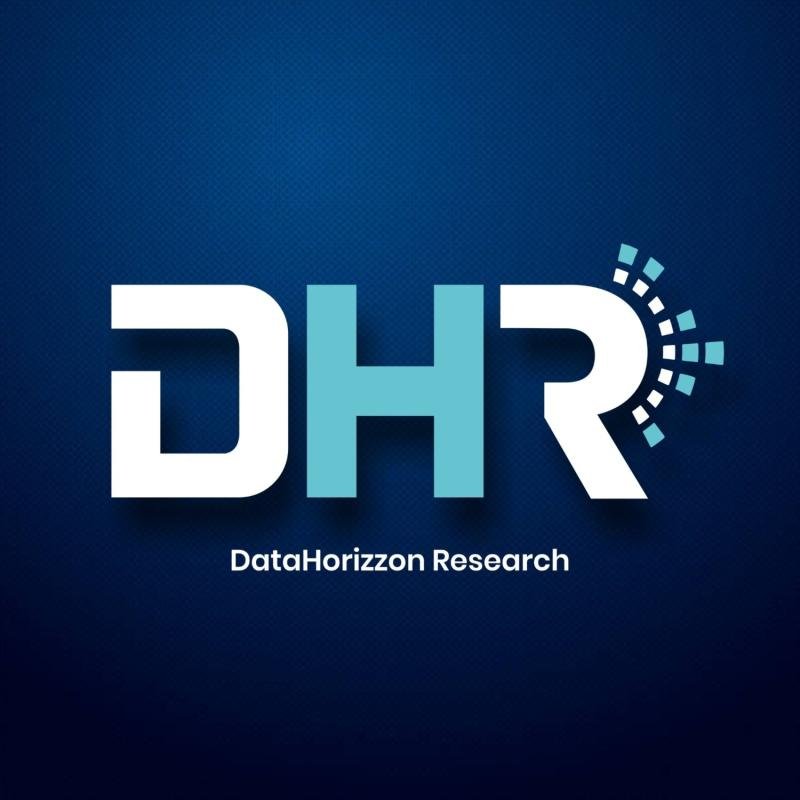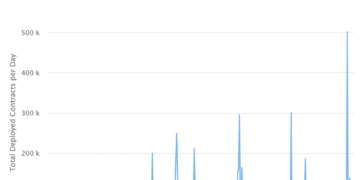According to a new study by DataHorizzon Research, the “Dual Fuel Heating Systems Market” is projected to grow at a CAGR of 9.00% from 2025 to 2033, driven by the rising demand for energy-efficient and cost-effective heating solutions across residential, commercial, and industrial sectors. As global energy consumption continues to rise, dual fuel heating systems are gaining traction due to their ability to switch between electricity and gas or oil, ensuring reliable performance and lower operational costs under varying temperature and energy price conditions.
The market’s expansion is being further supported by technological advancements, increasing environmental awareness, and the growing integration of smart thermostats and hybrid HVAC systems. With governments emphasizing decarbonization and renewable integration, dual fuel systems are emerging as an efficient bridge between conventional and sustainable energy technologies.
Market Size & Insights
The dual fuel heating systems market is estimated at USD 1.1 billion in 2024 and is projected to reach USD 2 billion by 2033, reflecting a CAGR of 9.00% from 2025 to 2033.
The dual fuel heating systems market has witnessed steady growth in recent years, driven by the global push toward energy optimization and sustainable home heating solutions. These systems combine electric heat pumps and gas or oil furnaces, automatically switching between the two sources based on outdoor temperatures and energy costs. This hybrid approach ensures both comfort and cost efficiency while reducing dependence on any single energy source.
In colder climates, gas or oil furnaces provide consistent heating, while in moderate temperatures, electric heat pumps deliver efficient performance. The adoption of dual fuel systems has grown across North America and Europe, where fluctuating fuel prices and seasonal energy demands necessitate flexible heating solutions.
The market is further bolstered by regulatory initiatives promoting cleaner energy usage, as well as the rising popularity of smart HVAC control systems that optimize fuel switching and enhance system efficiency. Continuous innovation in heat pump design and automation technologies is expected to make dual fuel systems more adaptable to residential and light commercial applications worldwide.
Get a free sample report: https://datahorizzonresearch.com/request-sample-pdf/dual-fuel-heating-systems-market-14878
Important Points
• Dual fuel heating systems combine electric and fossil fuel technologies to deliver efficient, flexible heating solutions.
• The systems automatically switch between electric and gas/oil modes, ensuring cost optimization and comfort.
• Energy efficiency regulations and carbon emission reduction goals are major drivers of market growth.
• Smart control systems and connected thermostats enhance performance and remote monitoring capabilities.
• Rising energy costs and fuel price volatility are pushing consumers toward dual fuel alternatives.
• The market is witnessing increasing adoption across residential, commercial, and industrial segments.
Key Factors Driving the Future Growth of the Dual Fuel Heating Systems Market
• Global emphasis on sustainable and energy-efficient heating solutions in line with carbon reduction targets.
• Fluctuating energy costs motivating end users to adopt flexible systems that optimize fuel use.
• Advancements in smart HVAC technologies enabling real-time temperature and fuel management.
• Rising adoption of hybrid systems in residential and light commercial applications for cost savings.
• Government incentives and regulatory frameworks encouraging high-efficiency heating systems.
• Increased consumer preference for comfort, reliability, and operational flexibility across varying climates.
Top 10 Market Companies
• Carrier Global Corporation
• Trane Technologies plc
• Daikin Industries, Ltd.
• Lennox International Inc.
• Bosch Thermotechnology
• Rheem Manufacturing Company
• Mitsubishi Electric Corporation
• Johnson Controls International plc
• Viessmann Group
• York Heating and Air Conditioning
Market Segments
By Technology:
o Gas and Electric Systems
o Oil and Electric Systems
By End-User:
o Residential
o Commercial
o Industrial
By Application:
o Space Heating
o Water Heating
o Industrial Processes
By Region:
o North America
o Europe
o Asia-Pacific
o Latin America
o Middle East & Africa
Recent Developments
• Manufacturers are integrating IoT-based smart thermostats for real-time fuel switching and system optimization.
• Government rebate programs and energy efficiency incentives are encouraging adoption in Europe and North America.
• Expansion of hybrid HVAC product lines by leading OEMs targeting the residential and commercial sectors.
• Advances in inverter-driven heat pumps are enhancing performance in extreme temperature conditions.
• Partnerships between HVAC providers and utility companies to develop dual fuel rebate programs.
• Growing focus on eco-friendly refrigerants and low-emission heating solutions aligned with global decarbonization goals.
Regional Insights
North America dominates the global dual fuel heating systems market, driven by widespread adoption in the United States and Canada, where energy costs vary seasonally. The strong presence of key HVAC manufacturers, coupled with government incentives promoting energy-efficient home upgrades, supports the region’s growth.
Europe follows closely, with countries such as Germany, the UK, and the Netherlands prioritizing hybrid and renewable-compatible heating systems. Meanwhile, Asia Pacific is witnessing rapid expansion, supported by urbanization, rising disposable incomes, and growing awareness about energy efficiency in emerging economies like China, Japan, and South Korea.
Market Outlook
The dual fuel heating systems market is set for sustained growth through 2033, supported by rising energy transition initiatives and evolving climate regulations. As global efforts intensify to balance energy reliability with sustainability, dual fuel heating systems offer a practical solution that blends renewable and conventional power sources. Their ability to automatically optimize heating performance based on weather and energy costs makes them ideal for both residential and commercial environments.
Technological advancements such as AI-based energy management, variable-speed compressors, and cloud-connected controls will redefine system efficiency and user experience in the coming years. Additionally, manufacturers are focusing on integrating renewable energy compatibility-such as solar-assisted or geothermal-supported dual fuel systems-to align with net-zero emission goals.
The continued modernization of HVAC infrastructure, coupled with consumer demand for cost-effective, sustainable comfort solutions, positions the dual fuel heating systems market as a key contributor to the future of global heating technology. By 2033, the industry is expected to witness widespread adoption across developed and developing markets alike, driven by innovation, affordability, and environmental responsibility.
Contact:
Ajay N
Ph: +1-970-633-3460
Latest Reports:
PVD Faucets Market: https://datahorizzonresearch.com/pvd-faucets-market-19349
Schottky Rectifier Diode Market: https://datahorizzonresearch.com/schottky-rectifier-diode-market-20025
Piezoelectric Ultrasonic Atomizers Market: https://datahorizzonresearch.com/piezoelectric-ultrasonic-atomizers-market-20701
Condition Monitoring and Machine Maintenance Services Market: https://datahorizzonresearch.com/condition-monitoring-and-machine-maintenance-services-market-21377
Company Name: DataHorizzon Research
Address: North Mason Street, Fort Collins,
Colorado, United States.
Mail: sales@datahorizzonresearch.com
DataHorizzon is a market research and advisory company that assists organizations across the globe in formulating growth strategies for changing business dynamics. Its offerings include consulting services across enterprises and business insights to make actionable decisions. DHR’s comprehensive research methodology for predicting long-term and sustainable trends in the market facilitates complex decisions for organizations.
This release was published on openPR.















